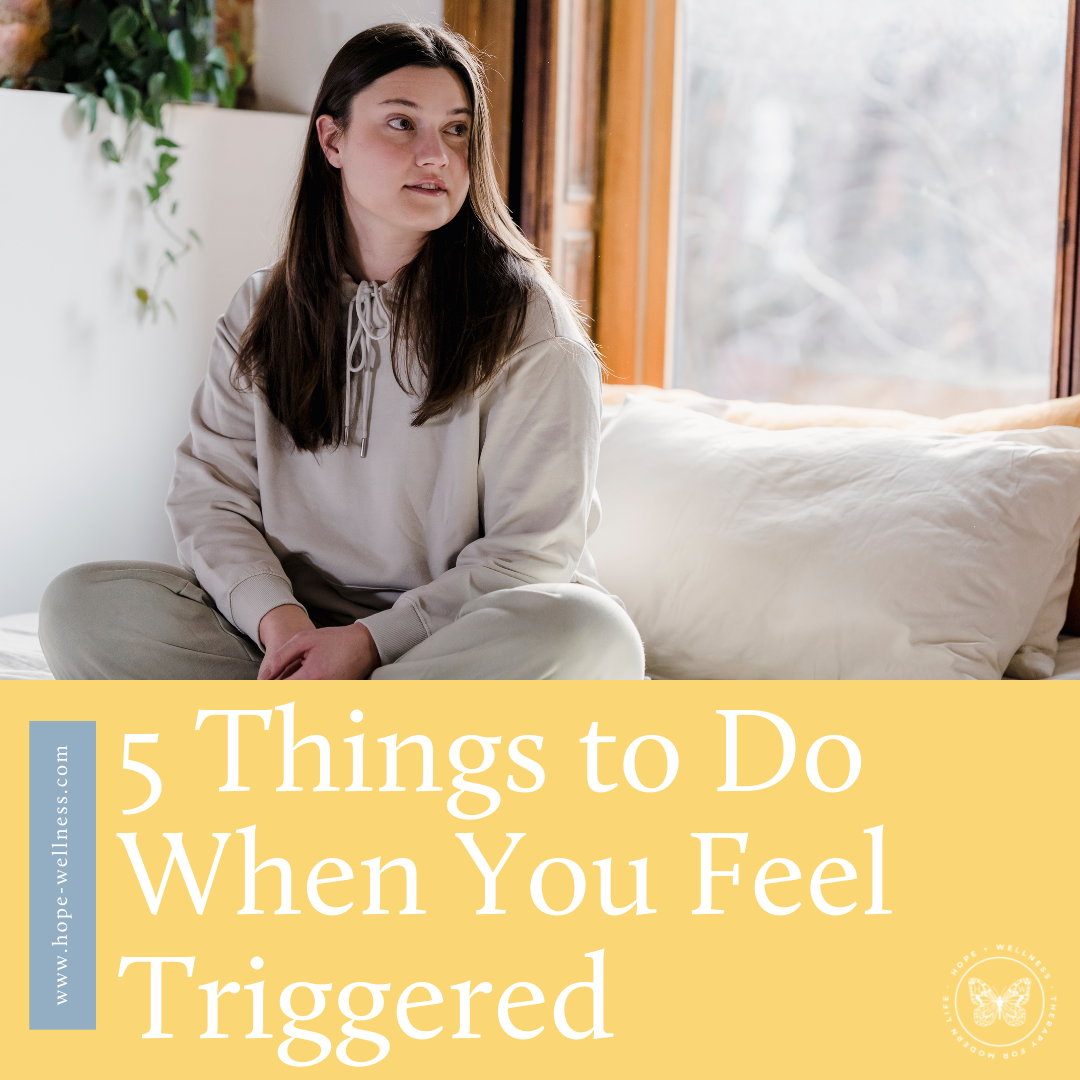
Hope +Wellness Blog
little snippets of advice for everyday challenges many people share

The Mental Health Benefits of Having Pets
Caring for an animal can be a lot of work, so why do so many people adopt pets? There are lots of reasons, but a big one is that pets are good for your mental health! Here’s why.

Self Kindness: Why it Matters & How to Cultivate It
No one is perfect, and no one’s job is to be perfect. When you make choices it’s important to know there are no right or wrong choices–there are choices that align with your goals and values and ones that don’t, but you always have an opportunity to make a new choice if one turns out not to match the life you’re trying to build. Self kindness is the first step to being okay with this process.

4 Best Practices for Fact Checking #InstaTherapy Content
What can you do to vet how reliable a mental health resource is on social media?

Tending to Plants for Better Mental Health
Have you ever considered the benefit of taking care of something else as part of your own self care process?
It may sound counterintuitive, but it’s true: creating routines where you tend to something else (a pet, a garden, a community project) benefits not just what you’re tending to, but your own mental wellness. Today we’re going to look at tending to plants specifically, but many of the benefits can come from making space to tend to other things (pets, community spaces, etc.) as well.

Exploring & Expressing Anger Safely
Anger is often a secondary emotion–which means if comes as a result of another, often more vulnerable feeling. While anger is what is being expressed in that case, the feeling at the root could be hurt, shame, betrayal, etc.
However, anger still tells us a lot of information, and isn’t an emotion to be afraid to feel or express

5 Ideas for Soothing Your Nervous System in Tough Times
We all go through seasons in life, and some are harder than others. When times are tough, it can feel like it’s impossible to make yourself feel better. Understanding how our nervous systems respond in tough times can help us come up with better ways to soothe ourselves when we feel distressed.

7 Ways to Spend Your Time for Better Mental Health
How we spend our time can be a huge contributor to our health, both mental and physical. It’s important to spend our time in ways that nourish and take care of ourselves (both in our body and in our mind) as well as provide balance so we’re not just treating ourselves like machines who don’t need variation.

Gentle Movement Tips for A Healthier Relationship with Exercise
If you’ve had a history of disordered eating or disordered exercise habits, or just a difficult relationship with your body in general, the idea of establishing a new routine might feel a little scary. If that’s the case for you, here are 5 tips for working gentle movement into your routine in a way that works for you!

5 Things to Do When You Feel Triggered
An intense emotional reaction can be distressing. It’s a lot of work, mentally and physically, to be upset, and when a trigger comes seemingly out of nowhere, it can really throw you for a loop. Although a trigger can be unavoidable, there are ways you can be more prepared when they come up, so you’re not left in so much distress each time. Here are some ways to cope when you feel triggered.

How to Be There for A Friend with Chronic Pain
If you don’t experience chronic pain, it can be hard to understand just how much it can impact someone’s life. While for most people, pain is unusual, a sign that something needs to be tended to immediately, for folks who manage chronic pain, it is a constant state. If you’re looking for ways to support a loved one with chronic pain, here are 6 ways to be there for them.
Hope+Wellness is a mental health practice specializing in the treatment of depression, mood, stress, and anxiety in kids, teens, and adults. This is a blog about living well and finding meaning and purpose in the face of difficult challenges. This is a blog about finding hope.
Archive
- ACT
- ADHD
- Acceptance
- Anxiety
- Authenticity
- Belonging
- Bipolar
- CBT
- Calming
- Change
- Chronic Illness
- Chronic Pain
- Communication
- Community
- Coping Skills
- DBT
- Dating
- Depression
- EMDR
- Emotions
- Entrepreneurs
- Friendship
- Gratitude
- Grief
- Health Psychology
- Hope
- Inspiration
- Intimacy
- Intuition
- Joy
- Letting Go
- Love
- Manic Depression
- Mindfulness
- Miscarriage
- OCD
- Parenting
- Personal Growth
- Positive Vibes
- Quotes
- Relationships
- Resources
- Self-Compassion
- Self-Reflection
- Services
- Sleep
- Spirituality
- Stress Management
- Stress Relief
- Suffering